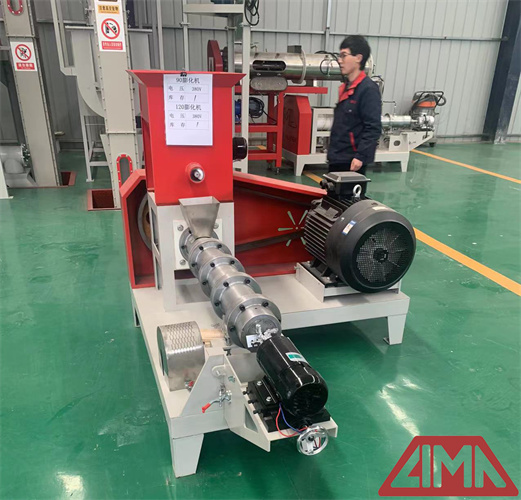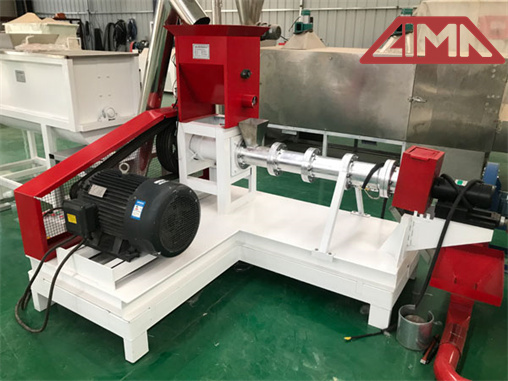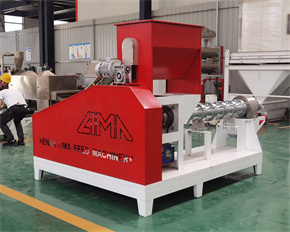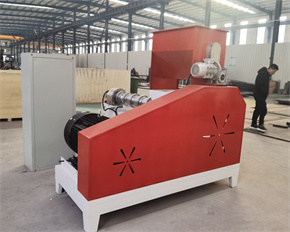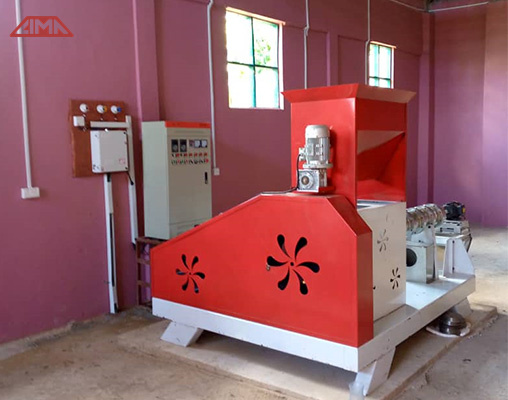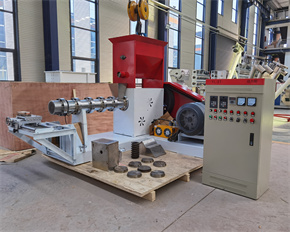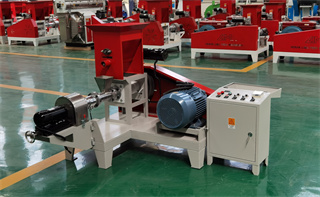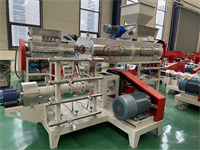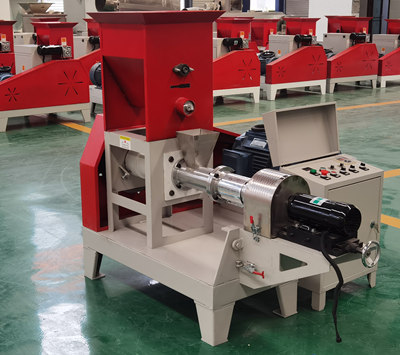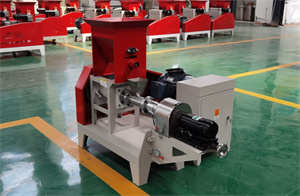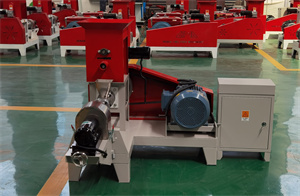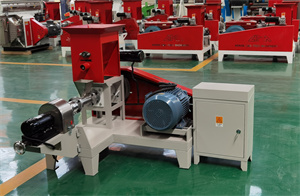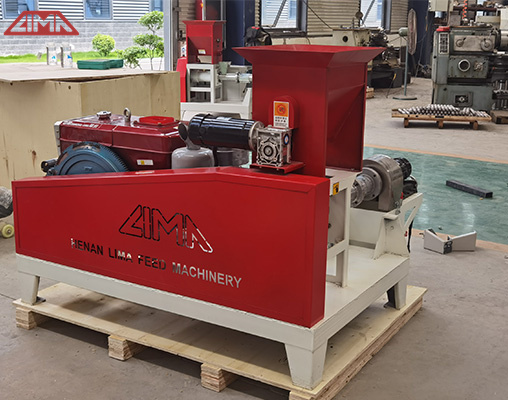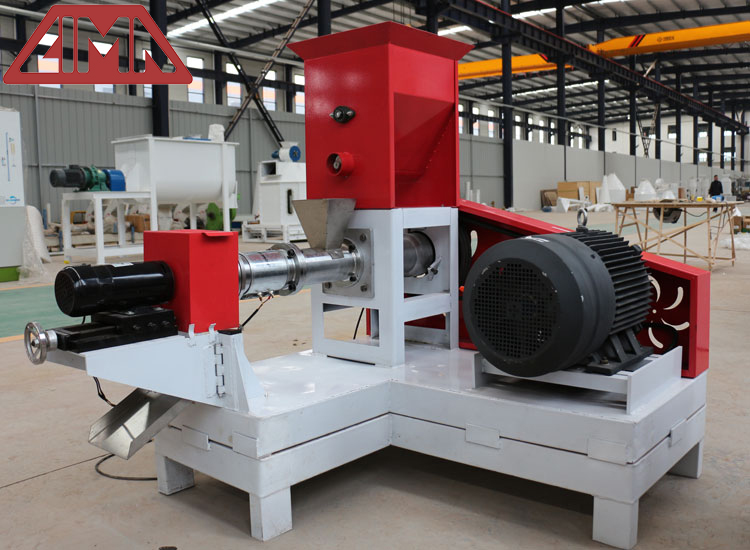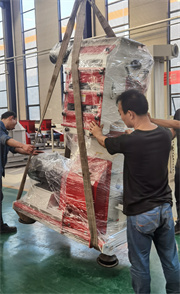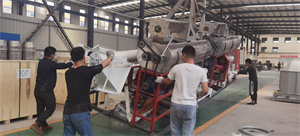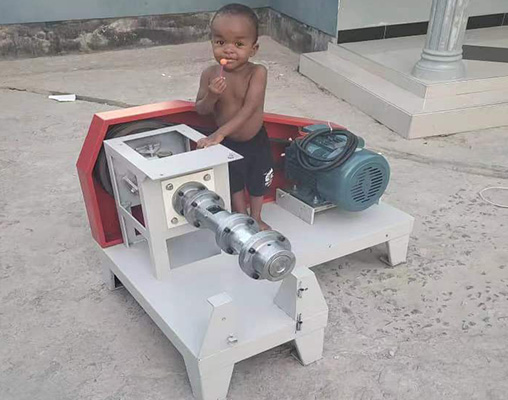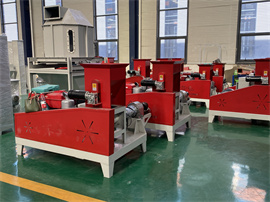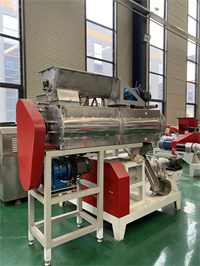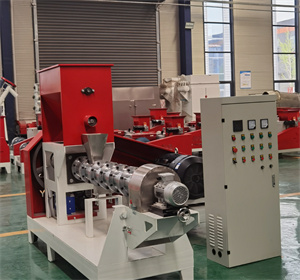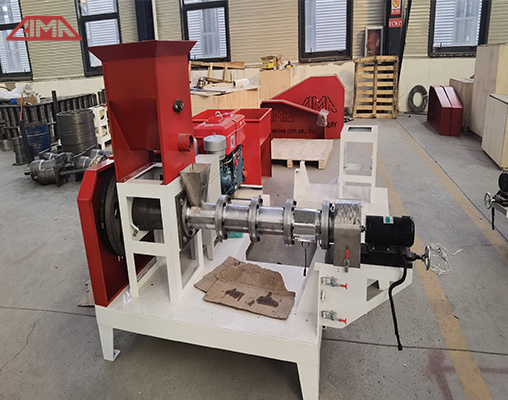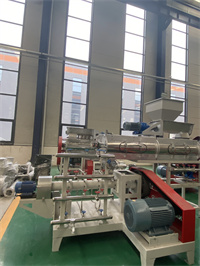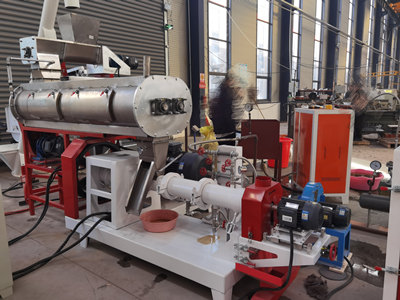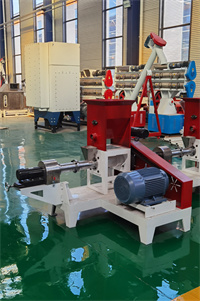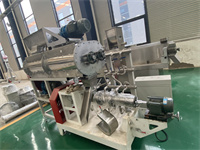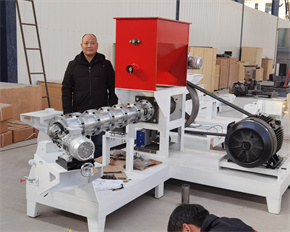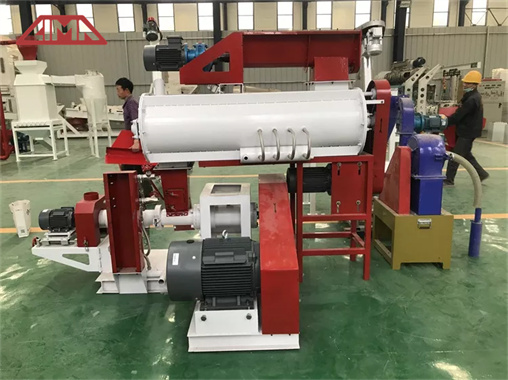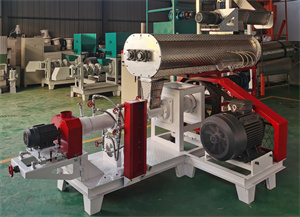Floating or sinking fish feed pellet
Floating or sinking fish feed pellet? Whether to use floating or sinking pellets mainly depends on which type of fish species that you have.
Features of floating and sinking fish feed pellet
Type of feed Sinking Floating / slow sinking
Advantages
1.Good water stability
2.Cheaper than floating pellets and so lower capital costs.
3.Terrific for fast-moving stream
4.Better for fish who live in bottom Best water stability
5.Many anti-nutritional factors removed with heat.
6.Environment-friendly
7.Easy monitoring the fish
Disadvantages
1.Dry ingredients required; vitamins partially lost.
2.Generally higher FCR than floating pellet.
3.Fish feeding can not be observed. Extruders more expensive and so high production cost.
4.Requires more skill in production.
The aquaculture industry is the fastest growing food production industry on the world in the last few years. It’s approximately 50% of all fish consumed by humans is from aquaculture. Understanding about the requirements and production of fish feed is essential to the development and sustainability of aquaculture as the industry has matured.
When fish are reared in high density indoor systems or confined in cages and cannot forage freely on natural foods or natural foods are absent or where natural foods only make a small contribution to nutrition. Nutrition plays a vital role in improving fish productivity. The farmer should use nutritionally complete feeds. Feed comprises the biggest cost in intensive fish farming. Feeds can be produced either by steam processing, producing compacted, pressure-pelleted (sinking) feeds; or by extrusion, which produces expanded floating or buoyant feeds.
Fish Feeds Types.
Floating Feed –This type of feed floats on water. In general floating feeds offer numerous advantages over their sinking counterparts.
Sinking Feed – Sinking feeds are solid feed pellets that submerged during application. They are more economical.
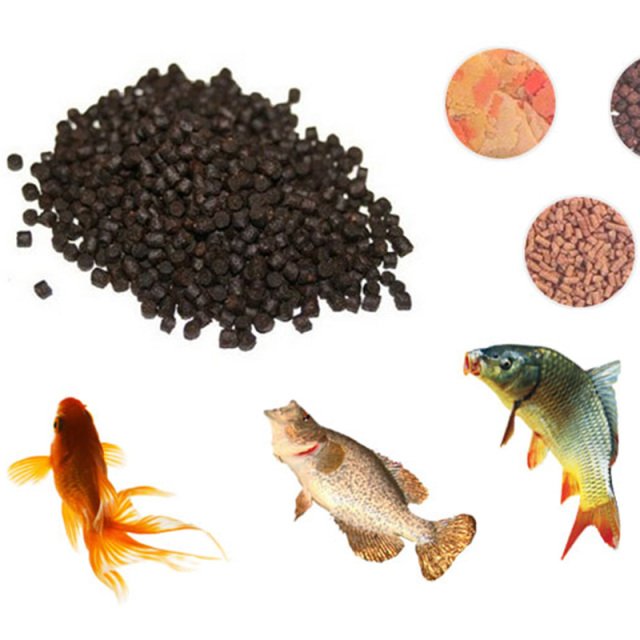
Processing Technology
Compressed pellet
Steam treated compressed pellet Extruded/Expanded pellet
Processing Equipment
Animal feed pellet mill or ring die pellet mill. Single screw fish feed extruder machine or twin screw fish feed extruder machine. Come to see the animal feed pellet machine in Lima.
Which one is better? Floating or sinking fish feed pellet. Generally there is no nutritional difference between floating and sinking feed, whether to use floating or sinking pellets mainly depends on which type of fish species that you have.
Floating Fish Feed Pellet
Floating fish feed pellet are usually used in larger underlings, food fish and broodfish. Floating on the surface of the water (usually maintaining integrity in the water for several hours), the fish must come up to the surface to eat. The farmer can observe their fish each day, which helps in monitoring their health and vigor. Also they can adjust the amount of feed per day and avoid wasted feed and pond pollution problems. So you can see the floating fish feed machine in Lima.
Sinking Fish Feed Pellet
But for some ornamental fish like goldfish and koi, sinking fish feed pellet is better for them. Because goldfish being a greedy pet will usually dash and swim towards their food and during the commotion while grabbing the pellets, they will end up sucking air into their stomach as they gulp their meal. Usually what you can observe is that air pockets will get trapped in their poo discharge and prolonged condition are sometimes blamed as the cause of flipping disease seen happening on goldfish. Therefore use only sinking food pellets for your goldfish.
Bottom feeder shrimp prefer sinking pellets (density greater than that of water, 1 g/cm3) and will not accept a floating feed. The farmer can estimate feeding rates according to the growth in his pond, which can confirm feeding whether too low or too high than the actual requirement.
While there is still some debate, floating feed is still prefer in some cases. And although it is more expensive. If you wanna reduce fish feed costs, you can try mixing feeding like 15 percent floating feed with 85 percent sinking feed.

